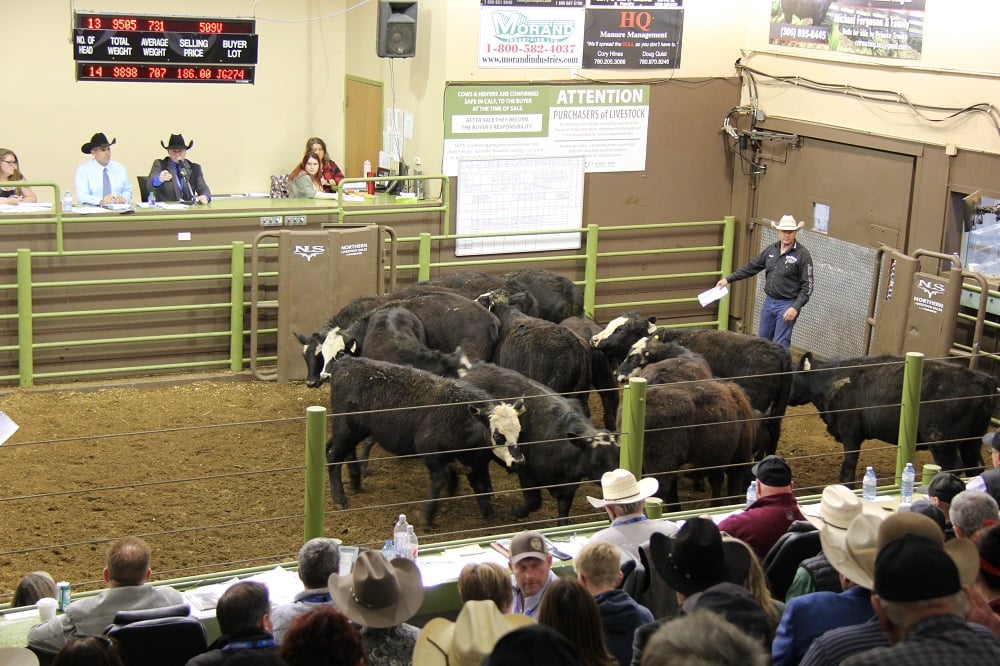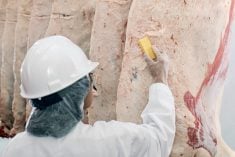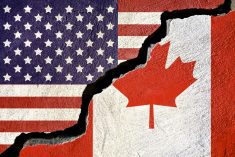The new decade begins with much promise for the North American cattle/beef industry. Several key trade deals will benefit the red meat sectors in all three countries, including developments in China and the ratification by the U.S. Congress of the United States-Mexico-Canada Agreement (USMCA).
China’s ongoing efforts to fill the protein hole caused by the impact of African swine fever (ASF) on its hog population and pork production will result in more export opportunities for all three North American countries. The U.S might benefit the most through an expected surge in pork exports once China lowers its huge tariffs on U.S. pork. But Canadian beef and pork exports will continue to expand as well.
Read Also

Cattle Market Summary
Break-evens, cow and calf prices, plus market summaries courtesy of Canfax and Beef Farmers of Ontario. Cost of Production May…
The most important deal for the U.S. is the U.S.-Japan trade agreement, which took effect January 1. The agreement is one of the biggest developments in the history of the red meat trade, says the U.S. Meat Export Federation (USMEF). No international market delivers greater benefits to U.S. farmers and ranchers and to the entire U.S. supply chain than Japan, it says. USMEF’s forecast for 2020 is for U.S. beef and pork exports to Japan to reach US$2.3 billion and US$1.7 billion, respectively. USMEF also projects that by 2025, U.S. red meat exports to Japan will approach US$5 billion, roughly US$2.8 billion for beef and more than US$2 billion for pork.
The next most important deal is a phase one trade deal between the U.S. and China, which President Trump was expected to sign January 15. U.S. beef, however, still faces severe barriers to entry into China, as China prohibits beef produced with the use of growth promotants. A fourth deal is the European Union-U.S. trade agreement that will increase the quota limit of hormone-free beef from the U.S. to 35,000 metric tonnes over the next seven years.
Neither the U.S. nor China had revealed details of their phase one deal at time of writing. But China says it will greatly increase its purchases of U.S. farm products and other U.S. exports. As noted, U.S. beef exports will change little. But Australia, Brazil, New Zealand and Canada are all expected to increase their beef exports to China this year. This means demand for U.S. beef will likely increase in other markets to make up shortfalls from those four countries. This will be especially true in Japan, which is already the largest value destination for U.S. pork and beef exports (combined export value in 2018 was $3.7 billion), says USMEF.
Ratification of USMCA moved a step closer January 7 when Senate Finance Committee chairman Chuck Grassley (R-Iowa) led a markup of a bill on the agreement. This followed a December 19 vote in the U.S. House of Representatives, which overwhelmingly approved the agreement. Reports immediately suggested the full Senate might ratify the agreement by January 10. U.S. ratification will remove any uncertainty about the livestock and meat trade between the three countries.
Canada, meanwhile, sent 24 per cent more slaughter cattle south to U.S. beef plants last year than in 2018, while Mexico sent four per cent more feeder cattle north. The number of slaughter cattle imported from Canada for the year to December 7 totaled 451,318 head, up 86,640 head or 23.8 per cent on the same period in 2018. USDA no longer breaks out slaughter cattle types imported from Canada. U.S. cattle numbers have peaked after five years of expansion, although the supply of fed cattle will increase slightly again this year. But Canadian imports might remain at similar levels to 2019.
















